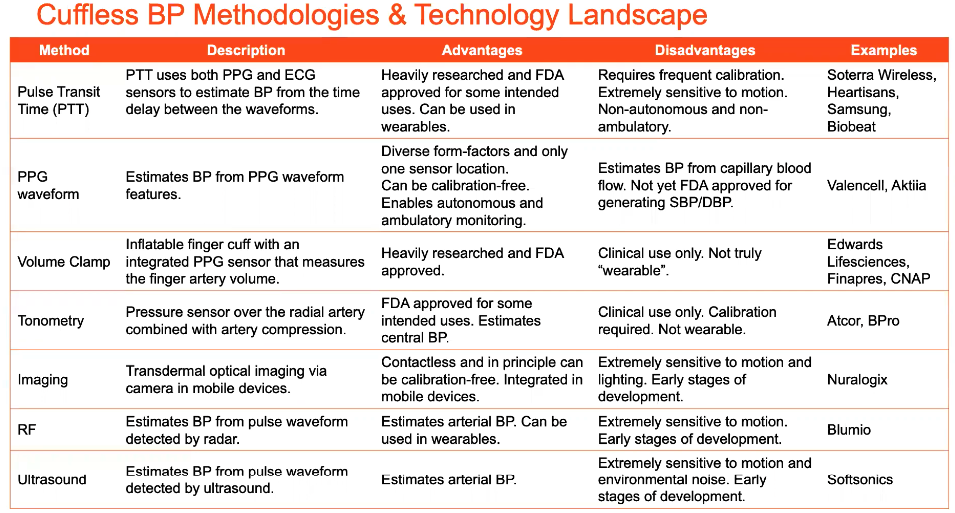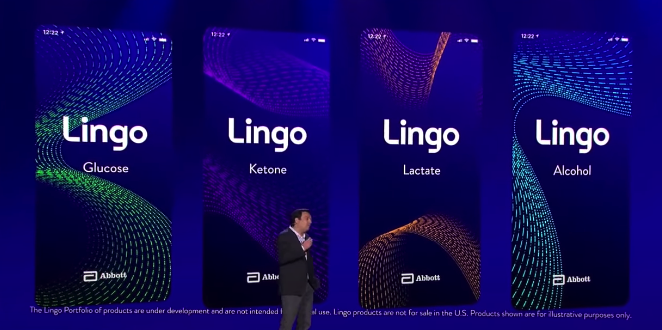This past Christmas, Santa Claus got me an Apple Watch Series 7 which was not my first wearable. My first wearable was the Abbott FreeStyle Libre 2 CGM (continuous glucose monitoring) which is a sensor you apply to the back of your arm.

I’ll get to the Abbott CGM later in the post, but let’s first talk Apple Watch. The Apple Watch was launched about 7 years ago and was sold to consumers as a way to interact with the iPhone while it was still in your pocket. The original Apple Watch did have a heart rate sensor and that’s about it from a health feature perspective. Fast forward to today and the Apple Watch also packs an ECG and blood oxygen (SpO2) sensor. Overall, the features are good but I believe it’s just the beginning for wearables to track more and more health metrics.
Before we talk about the future, there is a great documentary on YouTube talking about the history of wearables and more importantly the rise of Garmin and Fitbit.
What is exciting about wearables is the innovation that is coming in the consumer space. The two big ones are CGMs and blood pressure monitoring. As I mentioned I have the Abbott CGM but that is invasive, meaning it breaks through the skin, and for many people that are non-diabetic that’s a showstopper. There are several startups that are trying to use lasers to measure glucose levels similar to how the Apple Watch uses lasers to check the heart rate and blood oxygen levels. When that happens it will open up glucose monitoring to many more consumers who otherwise would shy away from a pin-prick of a traditional CGM. I’ve been using a CGM for the past 5 months and it’s like having a little calorie coach that will always let you know how food and alcohol affects you. From my experience, no good comes from eating chocolate at 11 pm for me, no matter what health studies have shown!
The other big innovation will be around cuffless blood pressure monitoring, there are currently 6-7 known methods on the horizon. In the future, some of these technologies will make it into consumer-grade devices.

As of today, there are a couple products available that provide a blood pressure reading via lasers but are not very accurate. Let’s be real, if the technology was so good the Apple Watch would have already implemented it. In truth, the Apple Watch has become the gold standard and whatever tech they put into their watches it has to be borderline medical-grade accuracy. One of the companies to watch for cuffless blood pressure is Valencell which already uses photoplethysmography (PPG) sensors to monitor various other vital signs. Stay tuned.

For me, the larger implications are around data ownership and pricing models. This is going to be a delicate balance similar to SaaS products such as Gmail. Google provides Gmail as a completely free email service but for that, you give up all your data. You can bet their AI/ML algorithms are scanning every email sent or received and making the Gmail service better every day. How will that work for health data?
Hardware companies like Oura Ring and Fitbit have recently jumped on the SaaS bandwagon. They figure why not charge for the hardware, and also tack on a monthly subscription for you to access some of the more premium features. I understand where they are coming from, I just hope they provide an option for you to export all your data in case you want to move to another platform. This is something I experienced with Runkeeper a fitness-tracking app that was launched in 2008. I just assumed my data was locked into the Runkeeper platform but was pleasantly surprised to see that I was able to export/import all my running data into Strava which is now my favorite running app.
So when I say data ownership, I really mean data portability. Because the data involves health information there is additional regulatory consent that is required from the FDA (Food and Drug Administration) in the US to share data. Recently, Dexcom got approval to share their real-time APIs for the CGM product. Bottom line, will I be able to export/import data from the various health platforms that are emerging, that’s the million/billion-dollar question?
Note: As I was about to press publish on this blog post, Abbott announced at CES a line of new biowearables called Lingo, things are about to get very interesting very soon!


